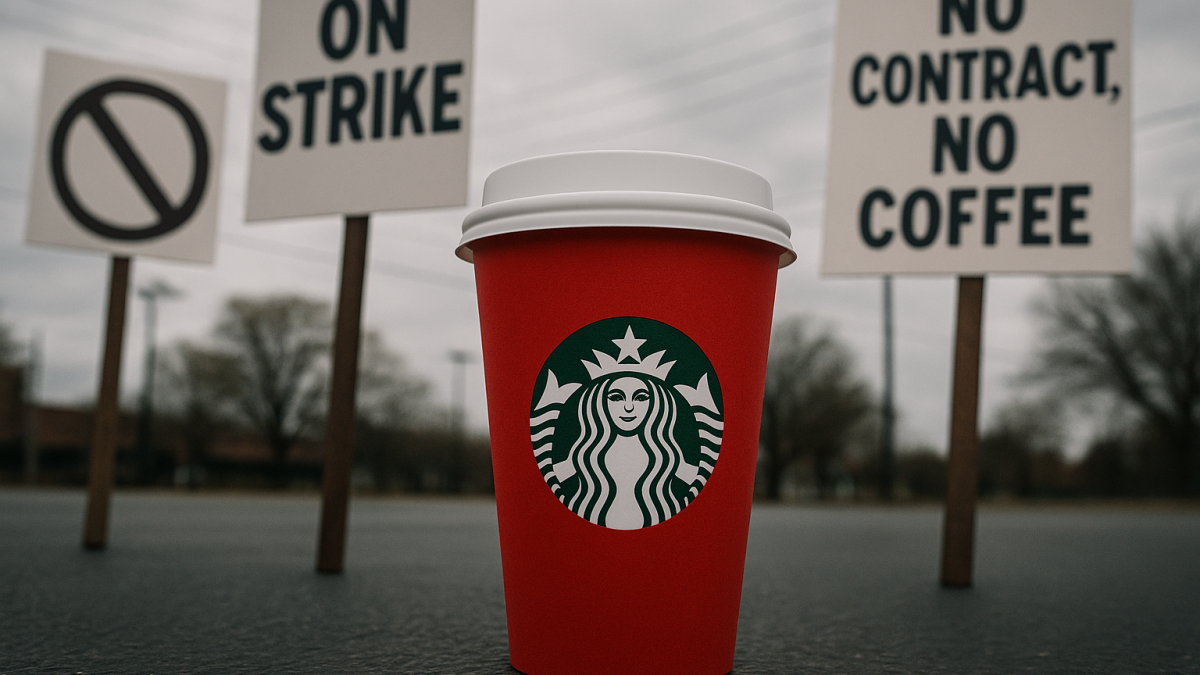
Disney just proved the skeptics wrong. The entertainment giant beat fourth-quarter earnings expectations while laying out a roadmap for 2026 that has Wall Street buzzing.
The company reported adjusted earnings of $1.11 per share against a consensus forecast of $1.05, while simultaneously guiding for double-digit profit growth next year and doubling its share buyback program to $7 billion.
Most importantly, Disney’s streaming business, long the biggest concern for investors, swung to a $352 million operating profit, up 39% from the previous quarter.
With 29 analyst Buy ratings against just 5 Holds and 1 Sell, the Street consensus is loud and clear: Disney stock could have a serious runway ahead.
Wall Street’s median price target sits at $138, implying 15-20% upside from current levels.
Streaming profitability meets ESPN’s digital transformation
Here’s what changed the conversation around Disney.
Direct-to-consumer revenue jumped 8% to $6.2 billion, driven by higher subscription rates and net subscriber additions of 3.8 million for Disney+.
But the real story isn’t just volume, it’s margins. Disney’s streaming division is finally printing money after years of losses, validating the company’s pivot from subscriber acquisition to profitability.
Analysts at Bernstein and SocGen have flagged streaming margin improvement and ad-tier monetization as key 2026 drivers, and early signals suggest this momentum is real.
The ESPN direct-to-consumer launch in August is now the centerpiece of this story.
ESPN’s new standalone app consolidated linear networks, digital offerings, and integrated betting and fantasy features, automatically migrating 24 million ESPN+ subscribers.
Management is now looking to capitalize on major sports partnerships; the NFL just granted ESPN expanded highlights, betting integration, and a 10% equity stake in the network.
Future content additions like WWE’s five-year deal starting in 2026 will add premium content without cannibalizing linear revenue.
For Disney, this matters because ESPN DTC represents a massive monetization opportunity in a market with 60 million-plus US households without any ESPN tie.
Analysts expect Disney’s DTC revenues to grow 7% in fiscal 2025 and 8% in fiscal 2026, supported by average revenue per paid subscriber (ARPU) gains and premium sports packages.
Parks’ momentum and strategic capex expansion
While Wall Street obsesses over streaming, Disney’s Parks business continues to quietly outperform.
Domestic park revenue jumped 10% during the fiscal third quarter despite economic headwinds and intensifying competition from Universal’s new Epic Universe.
International parks, particularly in Asia, are delivering outsized growth. Management flagged that per-guest spending trends remain resilient heading into 2026, signaling durability in leisure demand.
The company plans to deploy $9 billion in capital expenditures for fiscal 2026, as part of a longer-term commitment to nearly double parks’ capex to roughly $60 billion over a decade.
This aggressive investment includes new themed lands based on franchises like Frozen, Wakanda, and Coco, leveraging Disney’s unmatched intellectual property portfolio to drive incremental visitation and spending.
These projects have historically generated strong returns.
Analysts like Philip Cusick at J.P. Morgan explicitly cite Parks’ execution and franchise monetization as core reasons for Disney’s overweight ratings.
Disney stock: The 2026 inflection point
The consensus view is that Disney has turned a corner.
Cost discipline is intact: the company trimmed content spending to focus on quality over quantity, while capital reallocation toward high-growth segments (streaming ad tiers, ESPN DTC, parks) is accelerating.
Jessica Reif Ehrlich at BofA frames Disney as a cyclical recovery play with structural optionality, positioning the company to benefit from reopening leisure demand and product rollouts.
Citi analyst Jason Bazinet raised his price target to $145, explicitly identifying streaming results and parks trends as near-term catalysts for Disney’s recovery into 2026.
The risk, of course, remains execution. Streaming margin improvement could disappoint if subscriber growth slows or churn accelerates. Parks’ capex must deliver returns. Linear TV continues declining.
But for investors hunting for a big-cap media bet with multiple near-term catalysts and 15-20% upside, Disney’s 2026 setup looks compelling at current levels.
The post Is Disney stock a ‘Buy’ after earnings? Analysts flag catalysts investors can’t ignore appeared first on Invezz










